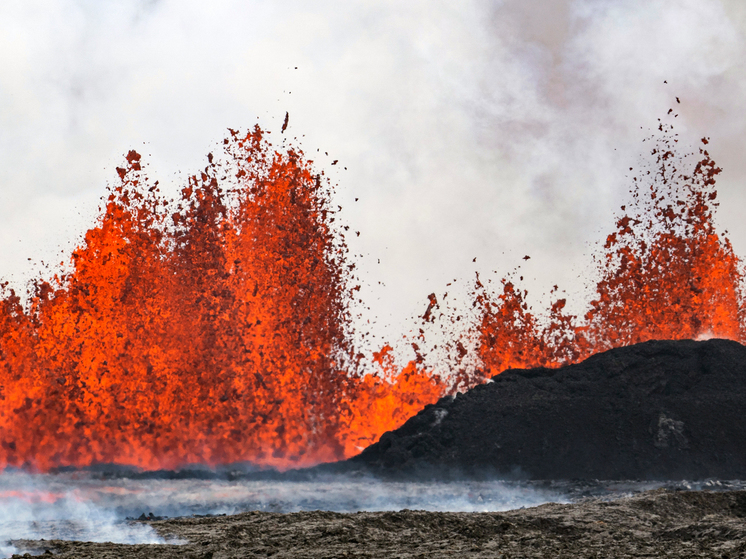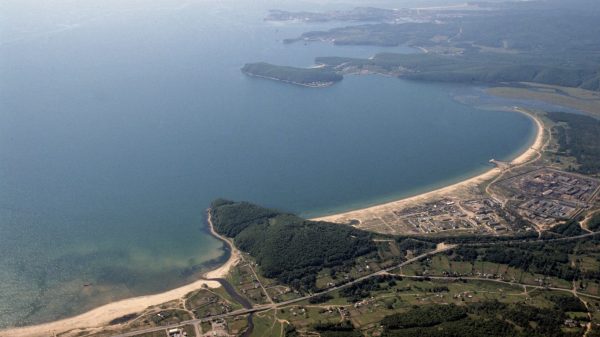Eruptions of fire-breathing mountains can become stronger each time
A volcano in southwest Iceland began to erupt for the fifth time since December 2023, throwing powerful lava flows to the surface. The force of its eruption threatened to cut off the town of Grindavik and triggered the evacuation of residents of the world famous Blue Lagoon. But scientists are now pointing to a new type of volcanic awakening — lava fountains.

The famous eruption that sent lava fountains high into the sky on the island of Hawaii in 2018, showed scientists what volcanoes are capable of.
Then the unique series of 12 eruptions, which destroyed at least 700 homes and displaced more than 2,000 people, represented an entirely new volcanic explosive mechanism.
«The interesting thing about these eruptions is that their sequences were remarkably similar; that's relatively unusual,» explains volcanologist Leif Carlstrom of the University of Oregon. He also points out that volcanic eruptions typically don't happen with such regularity.
Most known volcanic eruptions are thought to occur due to pressure from rising magma, evaporating groundwater, or a combination of both underground factors. But the Kilauea volcano eruption six years ago has nothing to do with either of these.
The temperature or chemical composition of the world's most active volcano did not appear to have changed significantly before it suddenly began to erupt, scientists say. Puzzled by these findings, two volcanologists suggested in 2019 that eruptions in Kilauea's east rift zone, fueled by an underground lava river, may have been caused by a «rocket launch» mechanism.
In the case of Kilauea, USGS volcanologists ( USGS) David Shelley and Weston Thelen suggested that the reason for this “strange” eruption was the ground above the lava chamber, which was destroyed, causing gases, rocks and lava to be released from the depths into the surrounding world. Scientists called this mechanism “foot stomping.”
In 2018, magma flowed out of Kilauea's main system and spread east, creating an underground tunnel 10 kilometers long. At the same time, a series of earthquakes occurred in the region.
Models suggest that if the roof of a lava tunnel suddenly collapsed as a result of one of these earthquakes, it could cause a surge, an increase in pressure underground, which could easily result in atmospheric gas being released 8 kilometers into the air from a vent, as was observed in 2018.
“The explosions at Kilauea occurred while the volcano's summit was in the early stages of caldera collapse, when enough magma had leaked from the reservoir to cause the overlying crustal rock to collapse under its own weight. The collapse occurred as a result of a series of separate earthquakes, when the rock above the reservoir slid sharply down and reduced the volume of the reservoir,” — researchers say.
The timing of the first nine eruptions in 2018 can be explained precisely by this “stomp” effect. Although this is the first volcanic eruption to prompt scientists to consider this new trigger, the collapse of the volcano's crater is a feature of several other eruptions. This indicates that this mechanism may be more common.
“A better understanding of how volcanic eruptions occur is critical to predicting and preparing for future eruptions,” — volcanologists conclude.


























































Свежие комментарии